Letter formation Alphabet Worksheets for Ages 3-4
10 filtered results
-
From - To
Discover our engaging Letter Formation Alphabet Worksheets designed specifically for children aged 3-4! These worksheets provide a fun and interactive way for young learners to enhance their handwriting skills while mastering the alphabet. Each worksheet features colorful illustrations and prompts to guide children in practicing both uppercase and lowercase letters. Our carefully crafted activities promote fine motor development, nurture creativity, and encourage early literacy learning. Perfect for parents and educators alike, these printable resources make learning enjoyable and effective. Help your child build a strong foundation in letter formation and set them on the path to writing success!
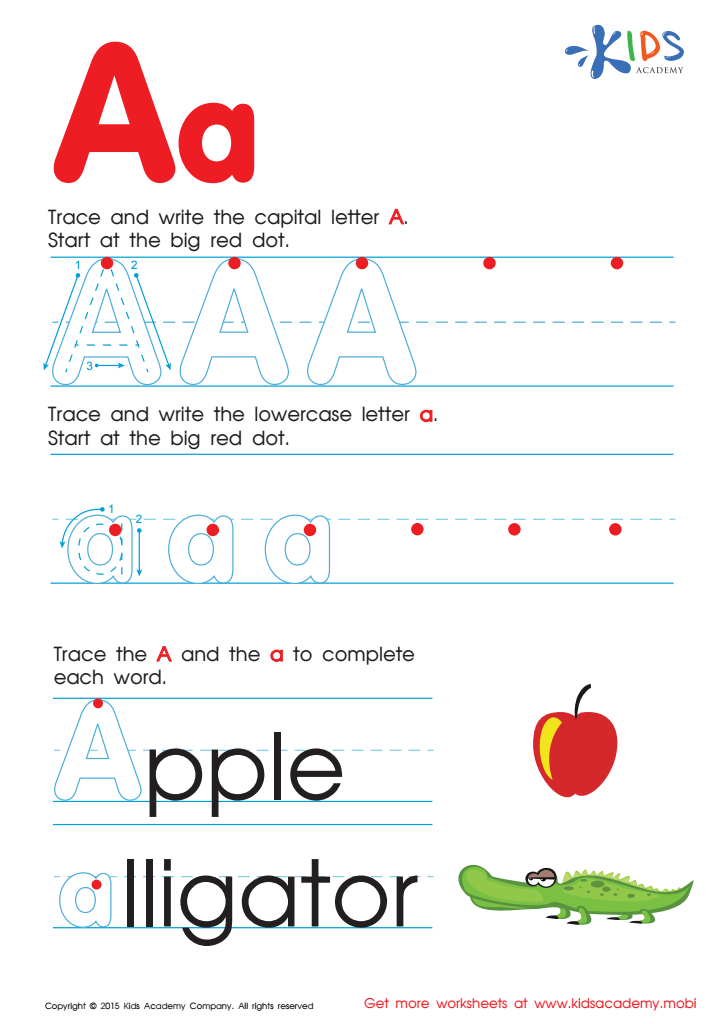

Letter A Tracing Page


Letter P Tracing Page


Tracing and Spacing: Assessment 1 Worksheet
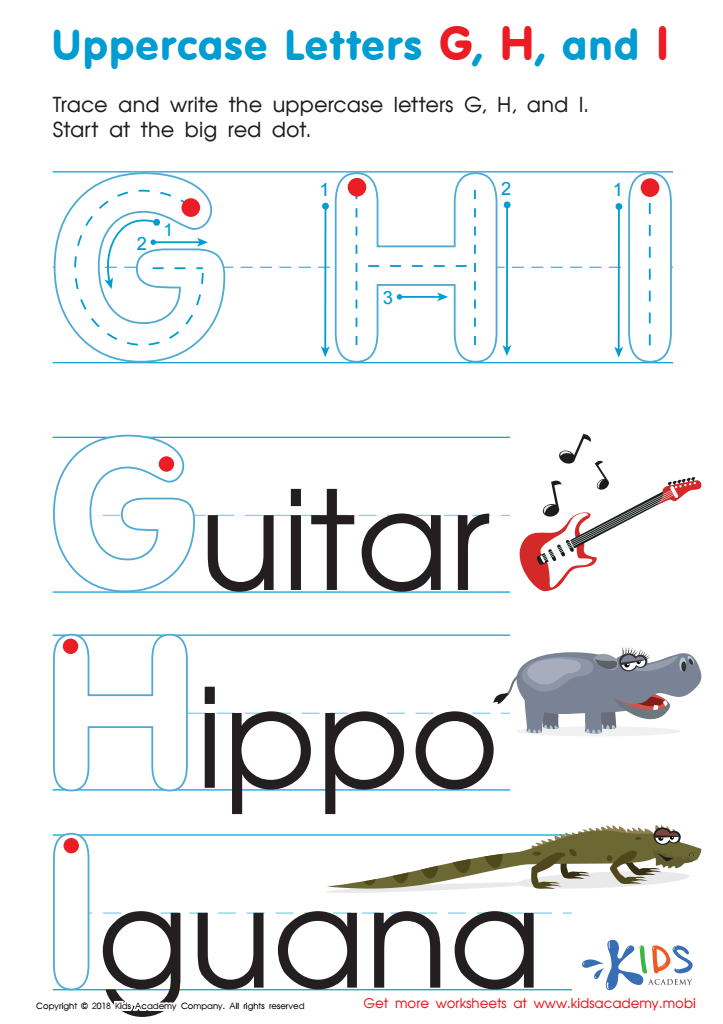

Uppercase Letters G, H, and I Worksheet


Letter G Tracing Page
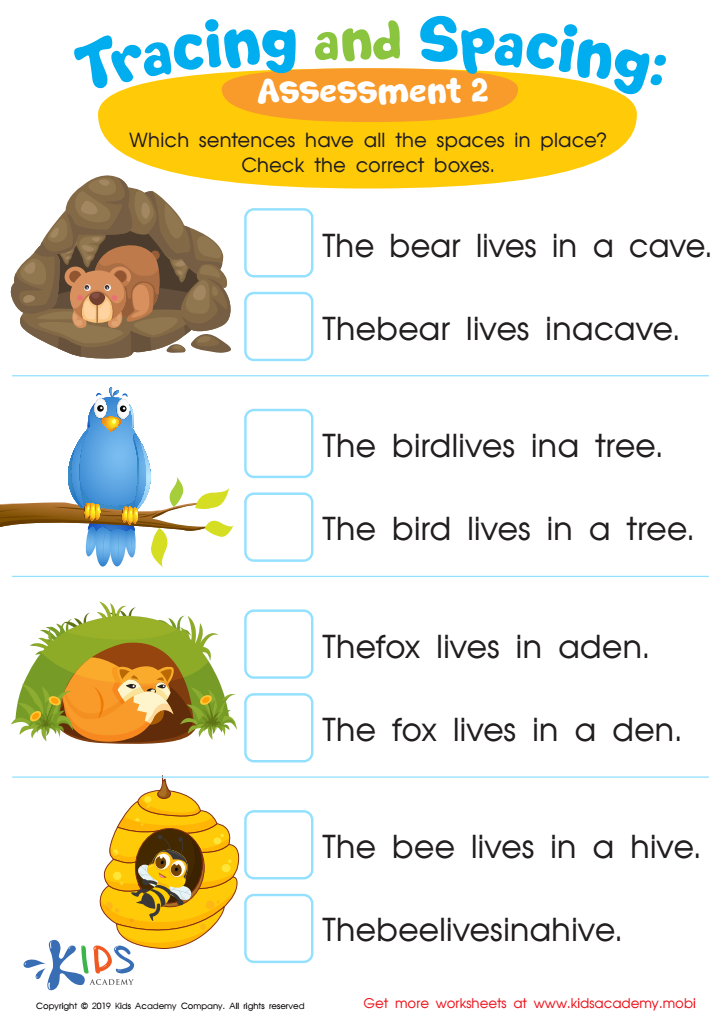

Tracing and Spacing: Assessment 2 Worksheet
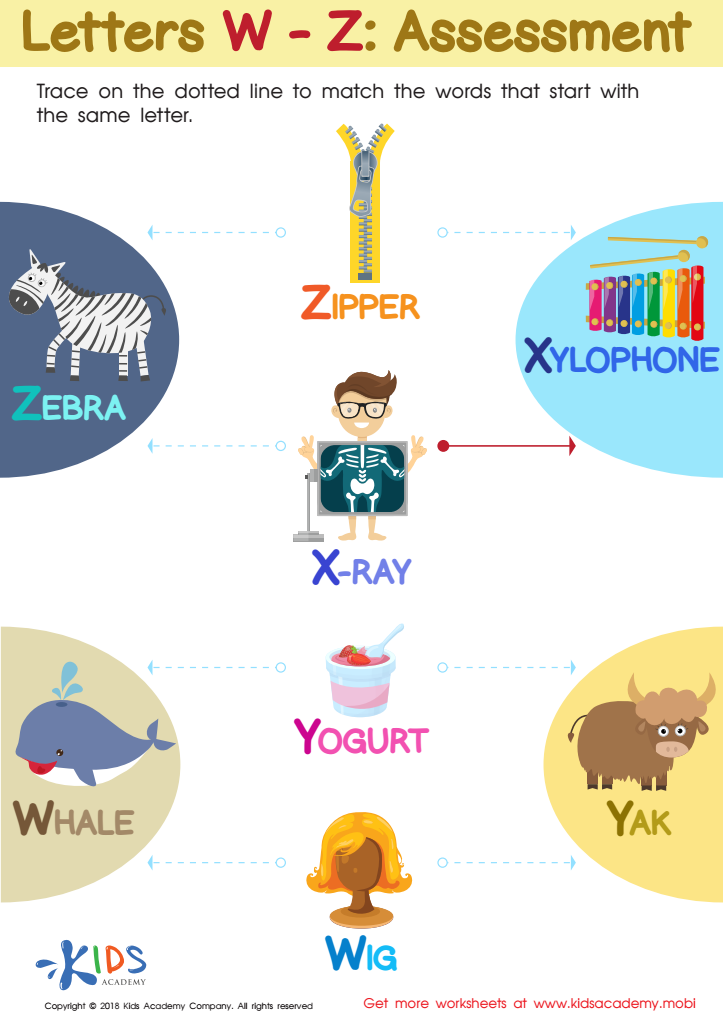

Letters W–Z Tracing Worksheet
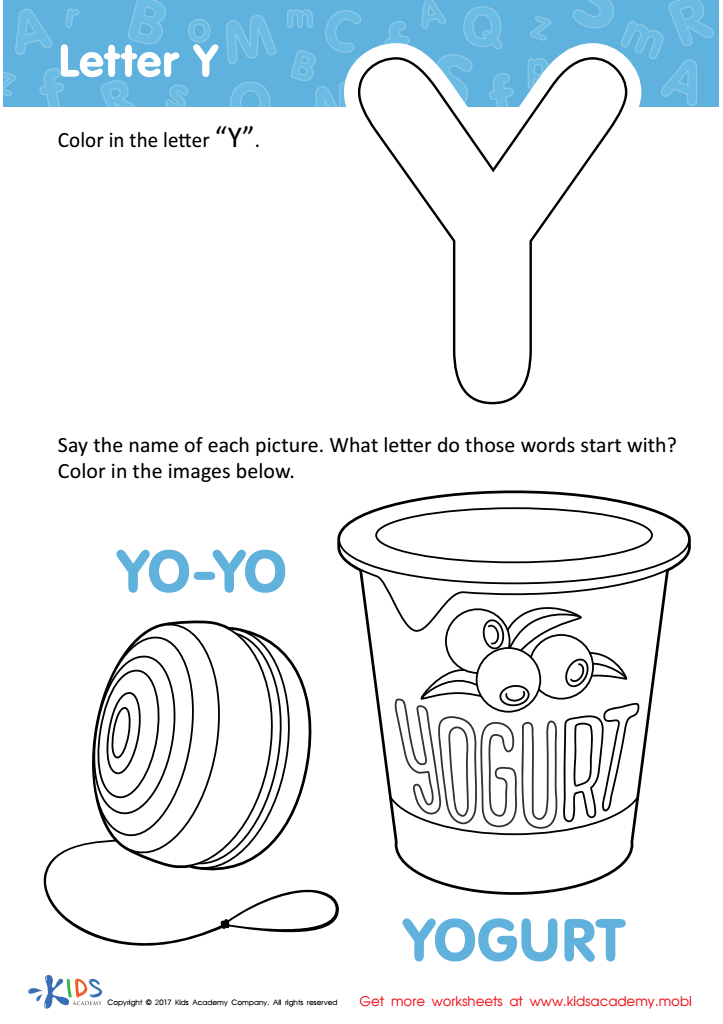

Letter Y Coloring Sheet
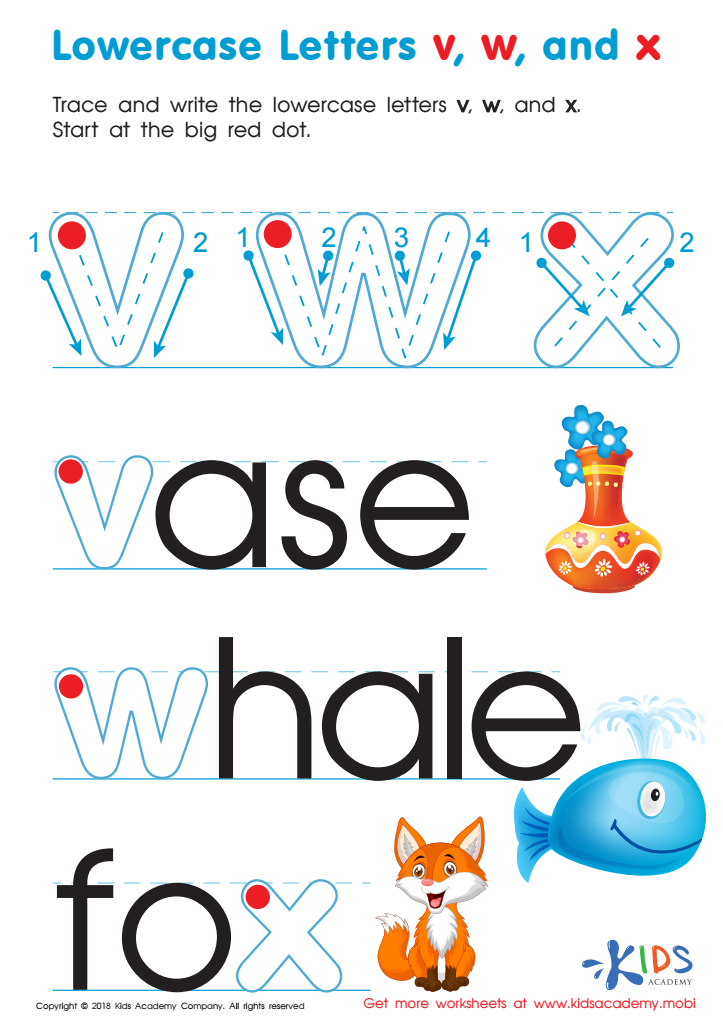

Lowercase Letters v w x Worksheet
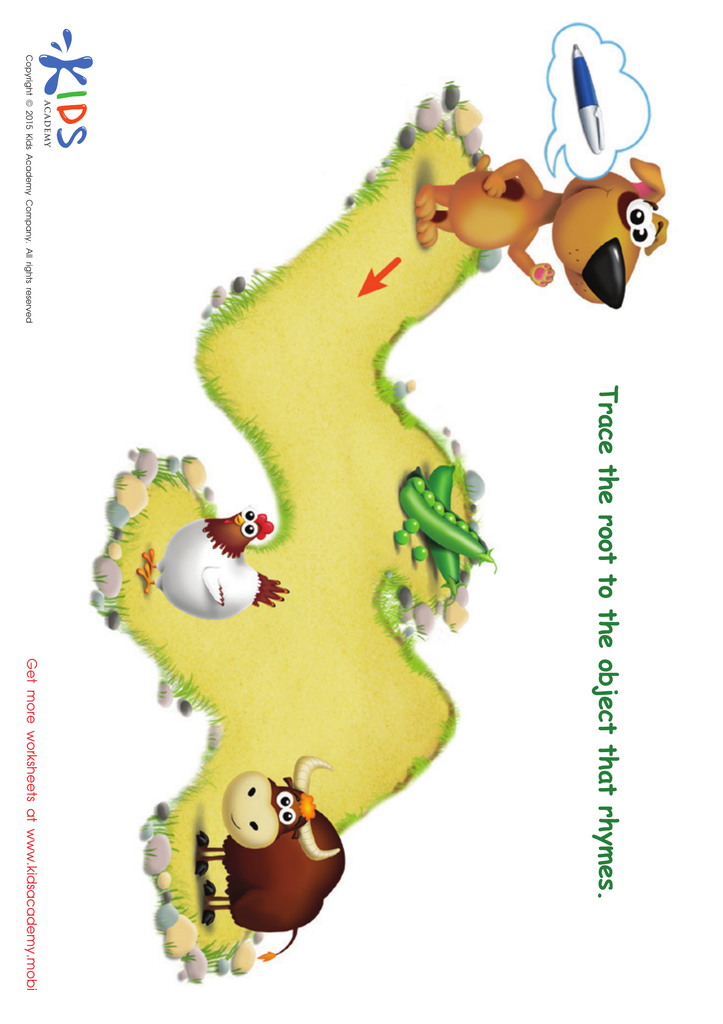

Pen Rhyming Words Worksheet
Understanding letter formation is crucial for children aged 3-4, as it lays the foundation for their literacy skills and overall academic success. At this age, children are developing fine motor skills and hand-eye coordination, which are essential for writing. Engaging with letter formation promotes dexterity and strengthens their ability to grip writing tools, preparing them for more complex tasks in the future.
Additionally, mastering letter formation early helps instill a sense of confidence and achievement in children. When they can see themselves forming letters correctly, they become more excited about reading and writing. This enthusiasm can encourage a lifelong love of learning and literacy.
From an educational perspective, solid letter formation makes reading easier as children progress. Understanding how letters are structured enhances their phonemic awareness, aiding them in decoding and spelling words correctly. Learning letter formation also fosters cognitive skills, as children begin to recognize patterns and make connections between sounds and their corresponding letters.
Parents and teachers play a vital role in guiding this developmental journey. By incorporating playful activities centered on letter formation, they can nurture children's curiosity and facilitate an engaging learning environment that fosters communication, creativity, and confidence.
 Assign to My Students
Assign to My Students






.jpg)







